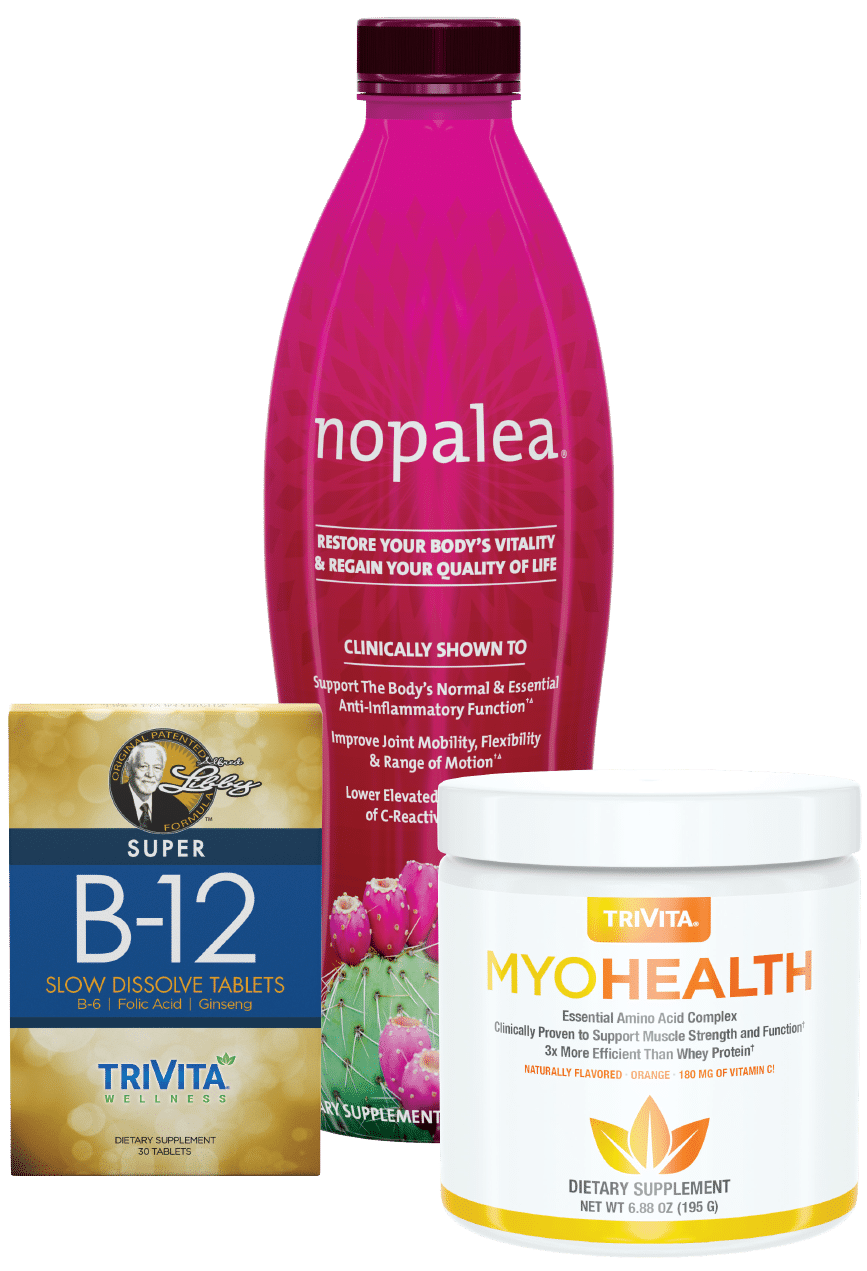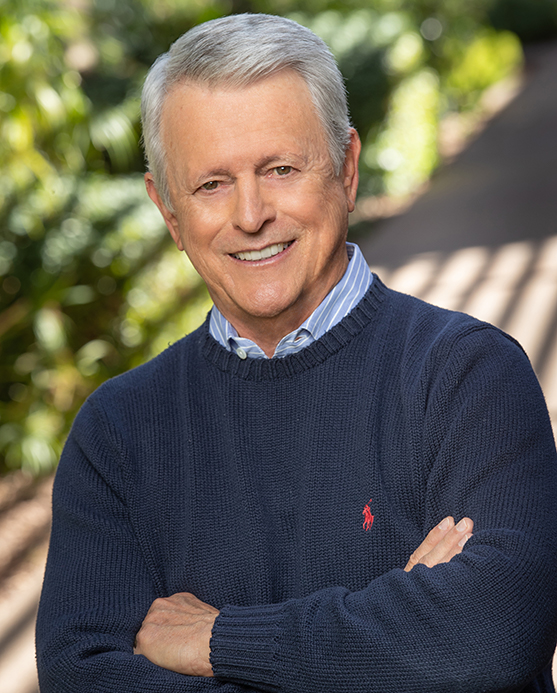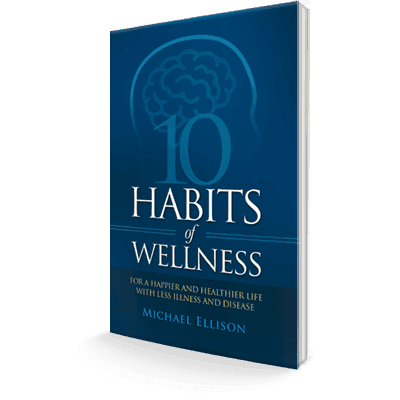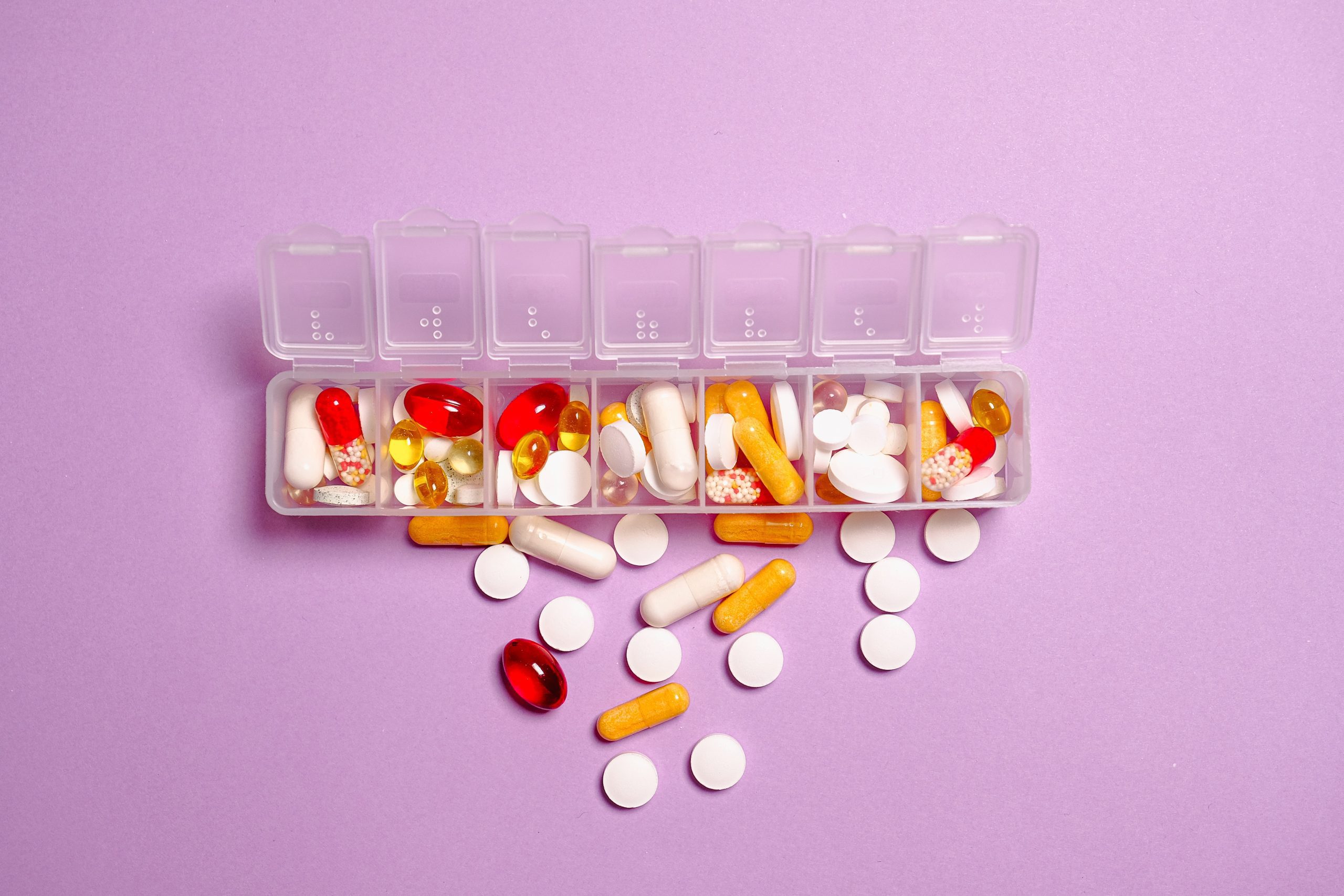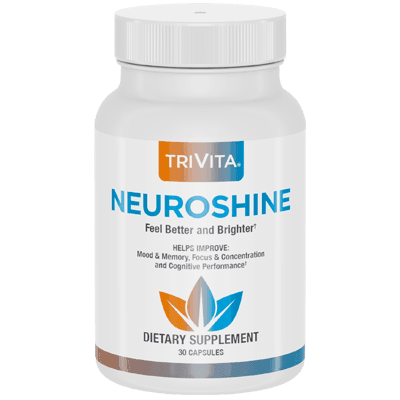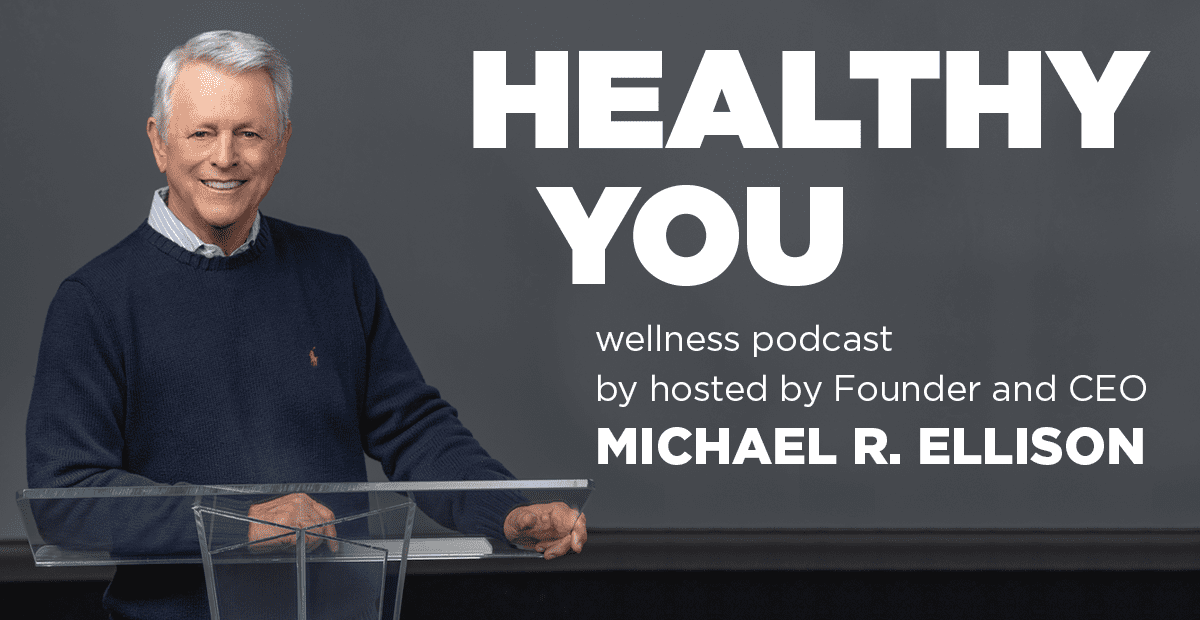Everyone’s been there – tired, worn out, feeling like you don’t have the energy you need to get through the day. And along with fatigue comes a lack of concentration, poor memory, and irritability, making it more challenging to cope with the stress of everyday life.
Most people will tell you that declining energy, mental clarity, emotional balance are just normal parts of aging. But it doesn’t have to be. Most people feel tired due to stress, worry and anxiety, poor sleep, lack of exercise, inadequate nutrients, and medication.
Understanding how your body produces energy is the first step to making sure your body has the right nutrients and nurturing to function, and so you have the energy and vitality to enjoy life.
3 Ways Your Body Produces Energy
The fastest way for your body to produce energy is through the ATP Phosphocreatine (ATP-PC) system. When adenosine triphosphate (ATP) is combined with water, energy is produced. After a few seconds of activity, phosphocreatine (PC) supplements the draining ATP until another energy production method can take over. This method is best for short bursts of energy such as sprinting short distances or pitching a baseball because it allows for just seconds of maximum effort.
When the ATP-PC system has exhausted itself, the next energy producing method available is Anaerobic Glycolysis. Dietary carbohydrates supply your body with glucose which circulates in your blood or is stored in your muscles and liver as glycogen. Stored glycogen and blood glucose are broken down through the process of glycolysis to create ATP. A byproduct of this process, however, is lactic acid. Lactic acid quickly builds up and results in muscle fatigue. This method provides approximately a minute of energy at maximum effort.
The final method for producing energy is Aerobic Phosphorylation. This process creates energy at a much slower rate than the other two systems but offers a steady supply of energy if you have the right nutrients and vitamins available. Also, unlike the two methods discussed above, oxygen is required for this process. Aerobic phosphorylation is a complex process, but a simplified explanation is that proteins, fats, and carbohydrates are broken down and then transported to the mitochondria in each cell where they can be converted into ATP for energy. This process produces two waste products, water –which the body can use – and carbon dioxide.
Keeping Your Mitochondria Happy
The number of mitochondria per cell depends on the cell type, and this is where cellular respiration and energy production occur. Healthy mitochondria require certain nutrients such as [TVBLOGCOPY]CoQ10[/TVBLOGCOPY][MWSBLOGCOPY]CoQ10[/MWSBLOGCOPY], [TVBLOGCOPY]omega-3 fatty acids[/TVBLOGCOPY][MWSBLOGCOPY]omega-3 fatty acids[/MWSBLOGCOPY], magnesium, [TVBLOGCOPY]B vitamins[/TVBLOGCOPY][MWSBLOGCOPY]B vitamins[/MWSBLOGCOPY], and [TVBLOGCOPY]amino acids[/TVBLOGCOPY][MWSBLOGCOPY]amino acids[/MWSBLOGCOPY]. In addition to a healthy diet, you can improve mitochondrial function by decreasing toxin exposure and exercising regularly. Building muscle mass through regular strength training can improve the health of your mitochondria and increase ATP product.
Energy is the currency of your body. Every function performed, no matter how big or small, requires energy. If you feel tired and fatigued, it may be time to take a closer look at your overall health and make lifestyle modifications where necessary.

